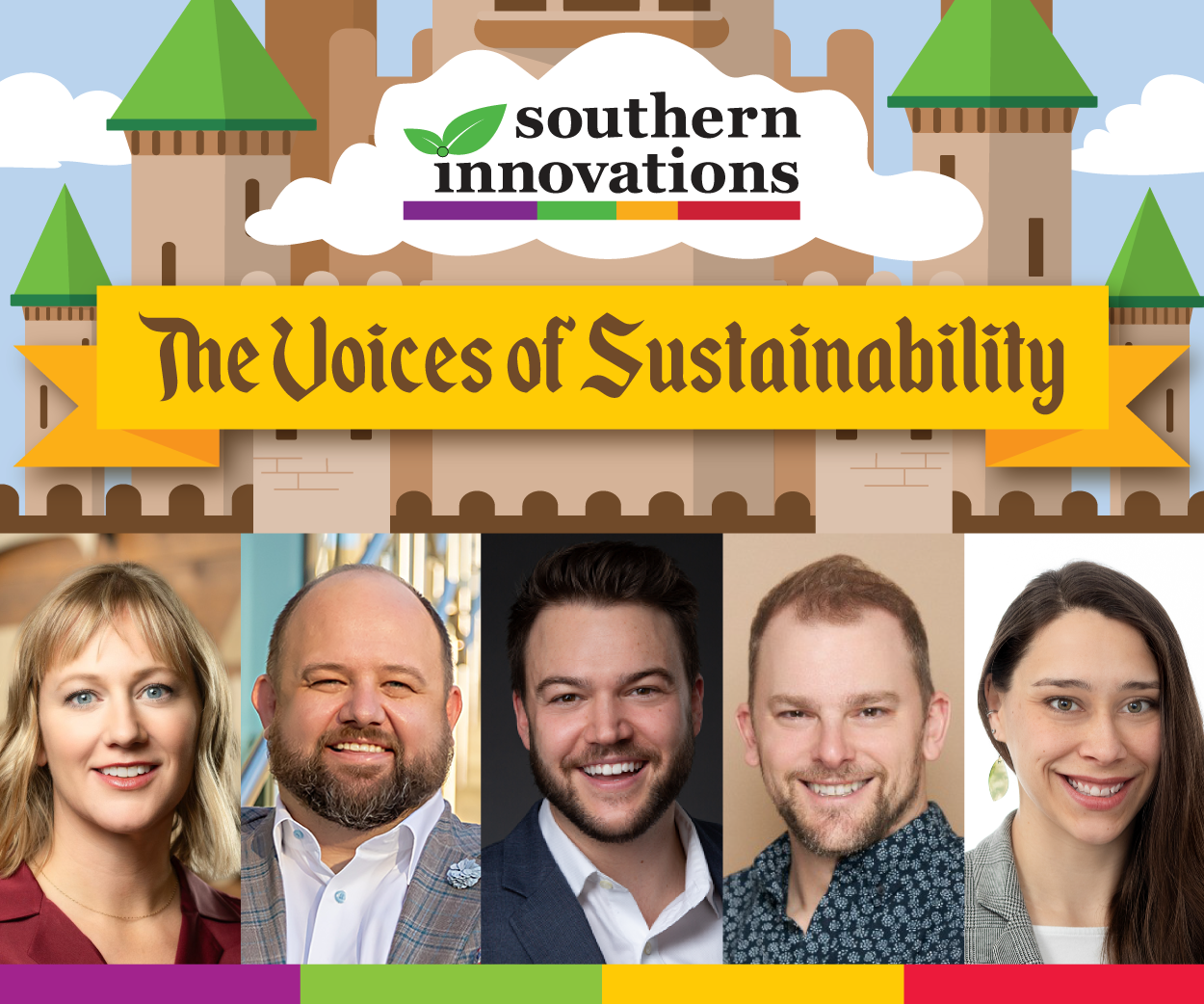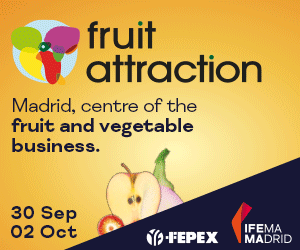Belgian groundcover tech reflects light for better apple coloring

A Belgian textile technology company is looking for new partners in the Southern Hemisphere to trial a groundcover product that helps improve apple coloring in parts of the tree that don't normally receive so much sunlight.
Speaking with www.freshfruitportal.com during apple industry event Interpoma last week, Beaulieu International Group sales manager Nico Roose said the Lumilys smart reflective groundcover had so far been applied successfully in Oceania, the U.S. and was new in Europe but used in most of the continent's main growing regions.
"The coloring of the fruit is being stimulated by two factors – the first factor is the difference in temperature between day and night, and the second factor is the light intensity," Roose said.
"We are reflecting light into the tree and we are aiming at apples that have the most difficulty in coloring – these are the apples at the bottom of the tree and the inside of the canopy.
"Most of the apples on top of the tree already have good coloring – if they don’t have good coloring there, let’s say even with Lumilys you will not be able to save the harvest," he clarified.
He emphasized the technology was not for all types of apples.
"We are focusing on the premium apples with this product because if the grower does not receive more money when the apple is more colored, there is no use for him to make an investment in Lumilys," he said, adding it was most applicable for red and bi-colored apples.
"Depending on what types of apples you have and what regions you live in, you can use it for not only one type of apple, but in the same season for up to three kinds of apples, and this makes it very worthwhile for the growers to use it.
"If you can use it in this way, actually all the investment you’ve made in one year is paid off."
He said the total cost had also been reduced through new developments to make the covers easier to install.
"This year we have introduced the quick install system which is a kind of clip and elastic system which makes it a lot easier to install and remove, and secondly it makes it possible to drive with your tractor on top."
The woven fabrics are made of polypropylene so they are "100% recyclable" according to Roose, who added they had a useful life of around 15 years.
"We are using the material now for 10 years in the market and until now these materials have not broken down and we can still use them," Roose said.
But could the technology potentially cause sunburn in the fruit?
"This material is not reflecting all the light that is being received. The light can be divided in three big groups – the UV lights, the visual lights and the infrared lights.
"The UV light is burning the skin, and this UV light is not reflected by Lumilys, but it is transmitted. It’s the same thing with the Infrared.
"And by transmitting this light through the material we are also stimulating the growth of the grass underneath which is very important, because afterward you are removing the Lumilys and you want it to be possible to drive the tractor over it."
He said the covers were 2.6 meters (8.5 feet) wide.
"But it's not necessary to have the material right under the tree because under the tree is shadow and we cannot reflect that.
"It is necessary to have a wide surface in the middle of the tree where we can use the sunlight which is coming in to reflect. 2.60m is being used for rows up to 3.5 meters (11.5 feet), even 3.8 meters (12.5 feet)."













































